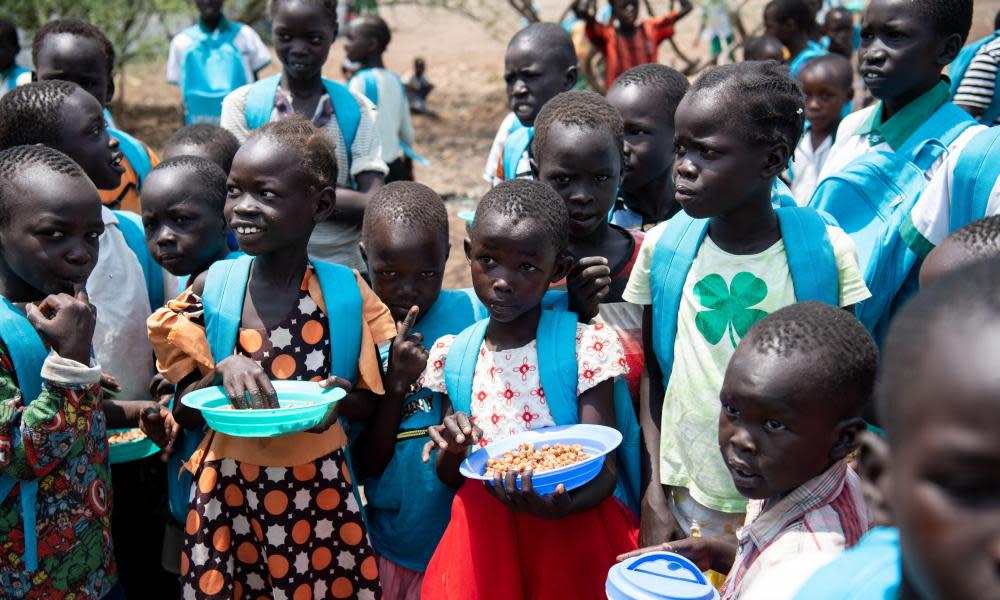UN outlines plan to close camps housing 430,000 refugees in Kenya

The UN refugee agency has given the Kenyan government “sustainable and rights-based” proposals for the closure of Dadaab and Kakuma refugee camps.
The response follows a 14-day ultimatum issued by the Kenyan government for the UN high commissioner for refugees (UNHCR) to come up with a plan for closing the two camps, which are home to some 430,000 refugees and asylum seekers from more than 15 countries.
The UNHCR said it recognised “the tremendous generosity that the people and government of Kenya have demonstrated towards refugees for many decades and the need to resolve situations of longstanding displacement”. The government had declared there was “no room for further negotiations” on the closure.
However, last week the Kenyan high court issued an injunction temporarily halting the closure for 30 days after a petition was filed by a former presidential candidate, Peter Gichira, who said the order to close the camps violated the constitution and international treaties on refugee rights.
The UNHCR’s proposals include “enhanced voluntary repatriation”, resettlement programmes and issuing national ID cards more quickly to Kenyans registered as refugees. The agency is also advocating that refugees from East African Community partner states be offered alternative arrangements to stay in the country, representing a “major opportunity for refugees to become self-reliant and contribute to the local economy”.
Related: Kenya issues ultimatum to UN to close camps housing almost 400,000 refugees
“We have heard the concerns expressed by the government of Kenya and hope that these measures will be a significant step forward in accelerating sustainable solutions for all those concerned,” said Fathiaa Abdalla, UNHCR’s representative in Kenya.
“We believe that through joint renewed actions we can put in place measures that respect refugee rights and lead to sustainable solutions. We look forward to continuing our dialogue and collaboration with the Kenyan authorities and partners on this important matter.”
Kakuma camp, in the north-western Turkana region of Kenya, was set up in 1992 for child refugees from what is now South Sudan – known as the “Lost Boys” – and Ethiopians who fled their country after the fall of the Mengistu government. Dadaab camp, in Kenya’s eastern Garissa county, was established in 1991 to house Somali refugees.
The Kenyan government has previously threatened to close Dadaab, which used to be the world’s largest refugee camp. But an attempt in 2017 was stopped when the Kenyan high court stated that the closure targeted Somali refugees and amounted to group persecution, which was “illegal, discriminatory and unconstitutional”.
Bill Frelick, director of Human Rights Watch’s refugee and migrant rights division, said this week: “Until the situation in Somalia stabilises, Kenya needs to maintain asylum and consider allowing refugees at long last to integrate. They could start by opening up, not closing, the camps and allowing those forced to live there freedom to move.
“Meanwhile, donor governments need to provide financial support and resettlement opportunities that can keep a glimmer of hope alive for those living in the camps,” he said.

 Yahoo News
Yahoo News 
